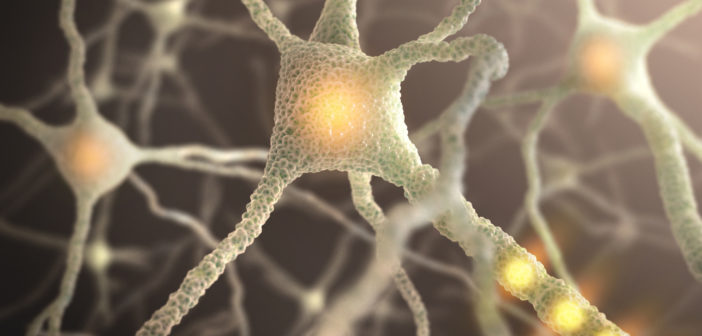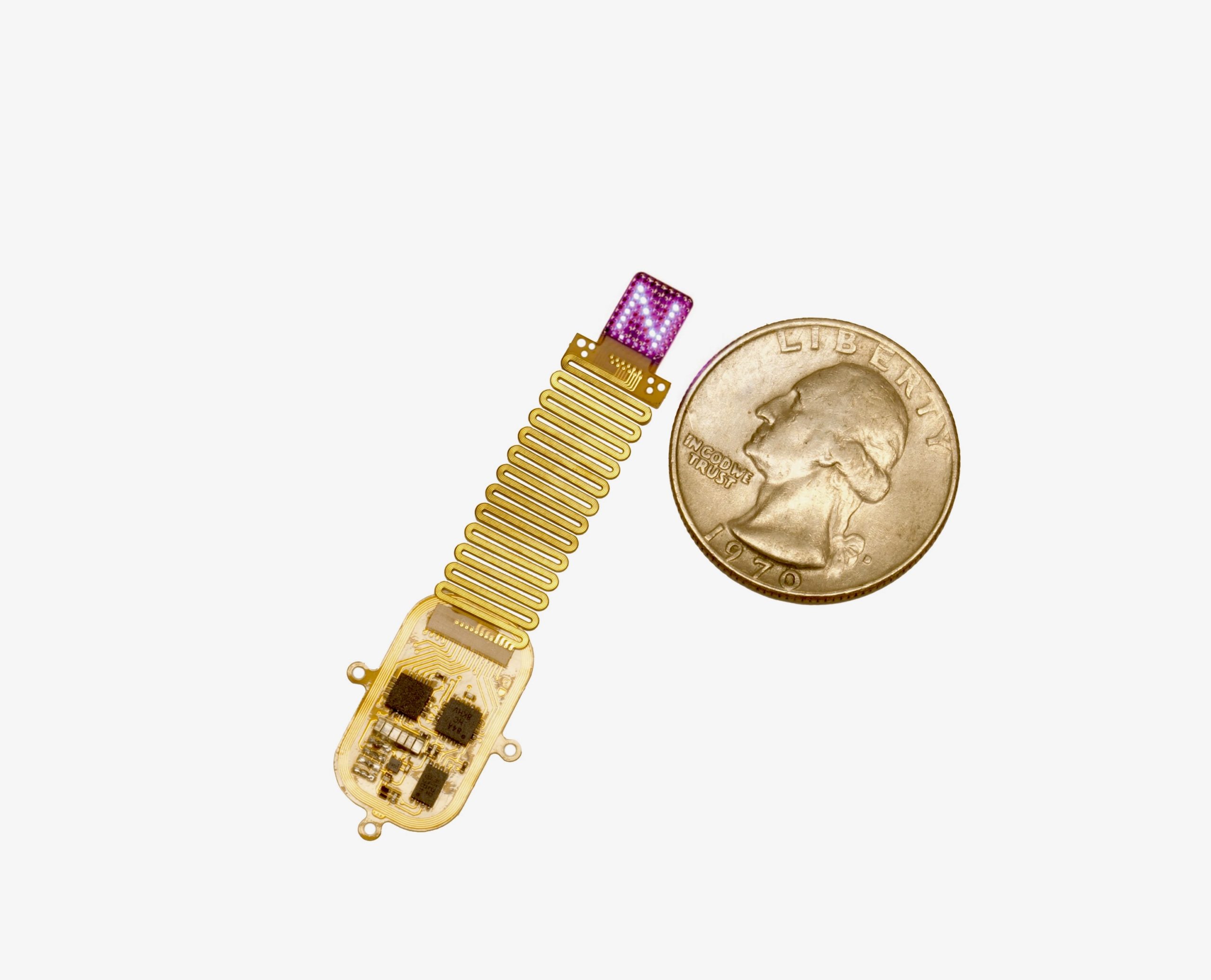

Northwestern Medicine scientists have recently discovered that mutations in LRRK2 and GBA1 — two common genetic risk factors for Parkinson’s disease patients — can be regulated, revealing the potential for the development of new therapeutics, according to a study published in Nature Communications.
“The motivation for this research was the fact that we identified families that carry both GBA1 and LRRK2 mutations, an extremely rare situation. We soon realized that there was a cross talk between LRRK2 and GBA1 that could be exploited for broadening therapeutic options for Parkinson’s Disease patients,” said Dimitri Krainc, MD, PhD, chair and the Aaron Montgomery Ward Professor of Neurology.
For the current study, the scientists obtained a small piece of skin from patients with Parkinson’s disease and reprogrammed the skin cells from induced pluripotent stem cells, or iPSCs. The cells were then differentiated in patient-specific dopamine neurons, a personalized approach to studying diseases, according to Krainc.
The scientists found that patients who carried mutations in a gene called LRRK2 also had decreased activity of an enzyme called GCase, even if they didn’t carry mutations in GBA1, the gene that codes for the enzyme. Notably, they also found that LRRK2 kinase inhibitors could improve a patient’s GCase activity, which could benefit any Parkinson’s patient who carry decreased GCase activity, including patients with sporadic Parkinson’s disease.
“GCase activators are currently in clinical trials for individuals with GBA-Parkinson’s disease. While these trials are limited to patients with GBA-Parkinson’s disease, we found that Parkinson’s patients who carry LRRK2 mutations may benefit from current therapeutic strategies that target GBA1 and patients who carry GBA1 mutations or just decreased GCase activity may benefit from those that target LRRK2,” said Krainc, who also serves as director of the Simpson Querrey Center for Neurogenetics.
Ultimately the findings suggest that current therapeutic strategies aimed at LRRK2-Parkinson’s disease or GBA1-Parkinson’s disease could help more patients than originally anticipated and next steps for the study include performing preclinical and clinical studies, according to Krainc. The first author of the study was Daniel Ysselstein, a postdoctoral fellow in Krainc’s laboratory.
This work was supported by the National Institutes of Health (NIH) grants T32NS041234, 2T32AG020506–16, R01 NS076054 and R37 NS096241; the Deutsche Forschungsgemeinschaft (DFG); and the Michael J. Fox Foundation for Parkinson’s Research.






